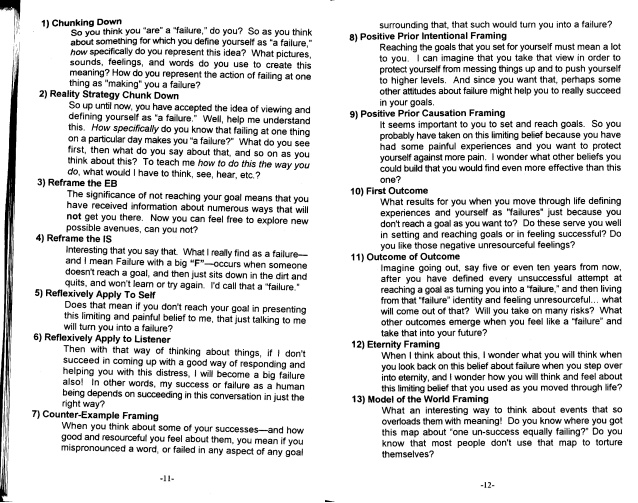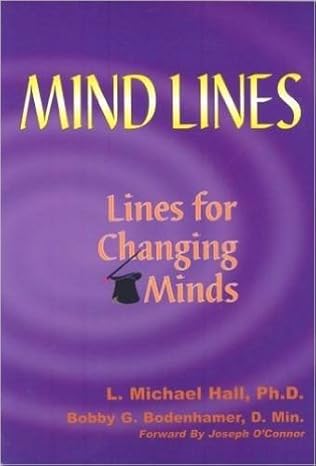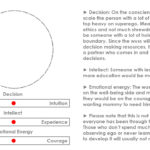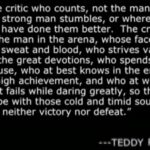Have you heard of NLP (Neuro-linguistic programming) or POS (Power of suggestion)? This book turns those into magic. The flowcharts are complex but the authors break it down as much as they can to help one better their human interactions.
With 7 main frames and 26 mind line patterns, and other tips and tricks you’ll get to learn how to go ‘meta’, how to negotiate, persuade, influence or just shed light from a better angle to others and yourself. I love the explanation on beliefs and what we give meaning to. It gets very technical and only think its worth reading if you really have difficulty or want to improve the skills just mentioned or if you have limiting beliefs that hinder your progress in anything.
The main formula is E.B. (External Behaviour) = I.S. (Internal State). The main reframing that I like is story telling, which is why I love folklore/myths and legends/scriptures. For more look at The Power of Myth – Joseph Campbell with Bill Moyers. They have a lot of stories that you don’t understand the true meaning of but your ‘self’ will get and the book explains how it works. In fact read this book just to get that bit. Once again David DeAngelo gets a big up.
Amazon #ads

7 Frames/Lenses
1 Outcomes: Do you have the resources you need. What is the intended outcome.
2 Ecology: The things happening around you. What will you gain and lose when the ecology change.
3 As If: Fake it to you make it. When the boss is away you end up doing the actions your boss does in their absence.
4 Backtrack: This frame is when you go the wrong way you backtrack to see where things went wrong.
5 Relevancy: Is it that important. Pick what is needed.
6 Contrast: Comparing this vs that. You can see the difference which makes things stand out.
7 Open: Anything goes. We like what is familiar and go with flow. Get it all out to see what is lingering, if you’ve missed anything.
Amazon #ads

Cheat sheet using being a failure as an example
1. Chunking Down
So you think you “are” a failure, do you? So as you think about something for which you define yourself as “a failure,” how specifically do you represent this idea? What Pictures, sounds, feelings and words do you use to create this meaning? How do you represent the action of failing at one thing as “making” you a failure?
2. Reality Strategy Chunk Down
So up until now, you have accepted the idea of viewing and defining yourself as “a failure.” Well, help me understand this. How specifically do you know that failing at one thing on a particular day makes you “a failure”? What do you see first, then what do you say about that, and so on as you think about this? To teach me how to do this the way you do, what would I have to think, see, hear, etc.?
3. Reframe the EB (External Behaviour)
The significance of not reaching your goal means that you have received information about numerous ways that will not get you there. Now you can feel free to explore new possible avenues, can you not?
4. Reframe the IS (Internal State)
Interesting that you say that. What I really find as a failure – and I mean Failure what a big “F” – occurs when someone doesn’t reach a goal, and then just sits down in the dirt and quits, and won’t learn or try again. I’d call that a “failure”.
5. Reflexively Apply To Self
Does that mean if you don’t reach your goal in presenting this limiting and painful belief to me, that just talking to me will turn you into a failure?
6. Reflexively Apply to Listener
Then with that way of thinking about things. If I don’t succeed in coming up with a good way of responding and helping you with this distress, I will become a big failure also! In other words, my success or failure as a human being depends on succeeding in this conversation in just the right way?
Amazon #ads

7. Counter-Example Framing
When you think about some of your successes – and how good and resourceful you feel about them, you mean if you mispronounced a word, or failed in any aspect of any goal surrounding that, that such would turn you into a failure?
8. Positive Prior Intentional Framing
Reaching the goals that you set yourself must mean a lot to you. I can imagine that you take that view in order to protect yourself from messing things up and to push yourself to higher levels. And since you want that, perhaps some other attitudes about failure might help you to really succeed in your goals.
9. Positive Prior Causation Framing
It seems important to you to set and reach goals. So you probably have taken on this limiting belief because you have had some painful experiences and you want to protect yourself against more pain. I wonder what other beliefs you could build that you would find even more effective than this one?
10. First Outcome
What results for you when you move through life defining experiences and yourself as “failures” just because you don’t reach a goal as you want to? Do these serve you well in setting and reaching goals or in feeling successful? Do you like those negative unresourceful feelings?
11. Outcome of Outcome
Imagine going out, say five or even ten years from now, after you have defined every unsuccessful attempt at reaching a goal as turning you into a “failure”, and then living from that “failure” identity and feeling unresourceful… what will come out of that? Will you take on many risks? What other outcomes emerge when you feel like a “failure” and take that into your future?
12. Eternity Framing
When I think about this, I wonder what you will think when you look back on this belief about failure when you step over into eternity, and I wonder how you will think and feel about this limiting belief that you used as you moved through life?
13. Model of the World Framing
What an interesting way to think about events that so overloads them with meaning! Do you know where you got this map about “one un-success equally failing?” Do you know that most people don’t use that map to torture themselves?
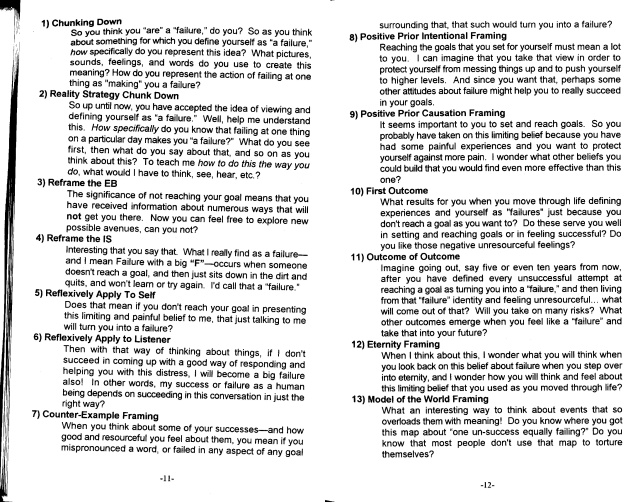
This guy has done a great job of summarising it and he mentioned that he’s also created an audio book of the original paper back.
Mind Lines Promo
Table of Contents
Foreword
Introduction
Mind-Lines Tease
Second Introduction
Language as Magic
1. Neuro-Linguistic “Magic”
2. Three Facets of Neuro-Linguistic Magic
3. Conversational Reframing Patterns
4. The Formula
Directions For Reframing
5. Deframing
6. Content Reframing
7. Pre-Framing and Post-Framing
8. Outframing
9. Analogous or Story Reframing
10. The Magic of Language
11. Into the Fray of Mind-Lining
12. Eight Things You Should Know About “Meaning”
13. How To Do What When
14. Getting Into A Magickal State
15. Mind-Lines – Step-by-Step
Epilogue
Appendix A – NLP Modalities & Submodalities
Appendix B – The Meta-Model
Appendix C – Heirarchy of Language Chart
Appendix D – There is no “Is”
Appendix E – Neuro-Linguistic Magician Certificate
Bibliography
Glossary
Amazon #ads

